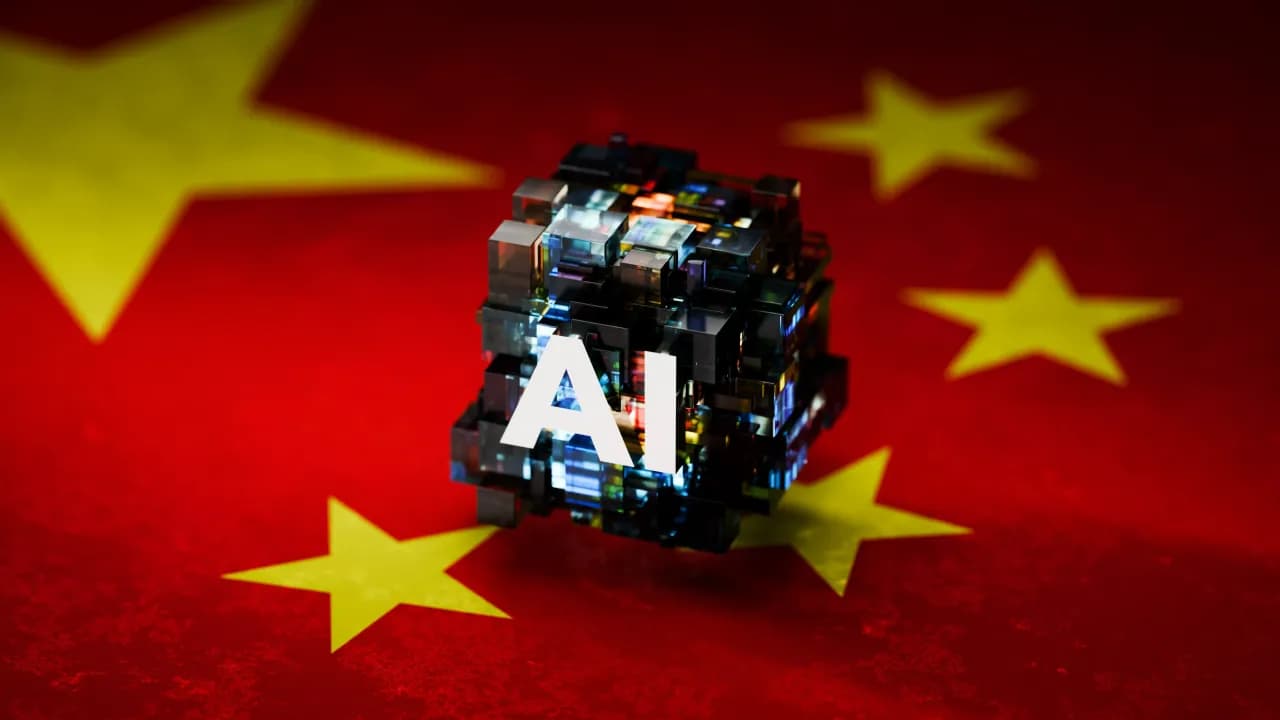Beijing will likely signal heavy state-led investment in cutting-edge technologies at a key meeting of the Chinese Communist Party’s Central Committee.
China’s top political leadership will reportedly draw up a five-year plan to buoy domestic manufacturing when it meets this week, even as the U.S.-Chinese trade standoff continues to be a significant headwind.
Goldman Sachs’ Chief China Economist Hui Shan said, “The meat of the 15th five-year plan probably will be to show determined support for technology, innovation and security,” according to a Financial Times report.
The report stated that at the four-day “fourth-plenum” meeting that kicks off on Monday, the Central Committee of the Chinese Communist Party will discuss the details of the country’s 15th five-year plan, emphasizing the importance of consumption.
Data released by the Chinese National Bureau of Statistics (NBS) showed that the country’s economy grew 4.8% year-over-year (YoY) in the third quarter, the slowest in a year, but aligning with the consensus estimate, with fixed-asset investment serving as a drag, according to CNBC.
The iShares MSCI China ETF (MCHI) has soared over 36% this year, outperforming the U.S. tech-focused index, the Invesco QQQ Trust (QQQ) (+18.6%), and the broader SPDR S&P 500 ETF (SPY) (+14.4%).
China To Double Down On Tech Thrust
The FT report said the next five-year plan will be formally released in March, although the blueprint will be laid out during the week’s meeting. Aligning with President Xi Jinping’s thrust on technological and industrial self-reliance to break free of the dependence on Western economies, led by the U.S., Beijing will likely signal heavy state-led investment in cutting-edge technologies.
Conference Board’s Principal Economist of the China Center, Yuhan Zhang, reportedly said the next five-year plan will “continue channeling resources towards strategic emerging industries such as AI, new energy, new materials, advanced manufacturing, and ‘future industries’ like brain-computer interfaces.”
“State-directed investments in new productive forces and infrastructure aim to expand ‘the means of production’, create jobs, attract private capital, and strengthen economic and technological autonomy while asserting China’s global influence.”
According to FT, domestic demand wouldn’t be the thrust for the next five-year plan, and the government will likely announce more efforts to boost consumption. Economists expect the plan to incentivize government officials at all levels to increase household spending by setting numerical targets.
Neil Thomas, fellow on Chinese Politics at the Center for China Analysis at the Asia Society, said, “Perceptions in Beijing of the external environment have darkened, with US politics intensifying global uncertainty and economic risk.”
“Hence Xi’s emphasis on investment in new technologies, which not only gave China a technological edge but also aimed to lift productivity — the key to future economic growth.”
Why China’s Chasing Tech Eminence
The ongoing tariff tussle between the U.S. and China threatens to widen the lag the latter has with the former in technology. Washington curbed exports of high-performance chips manufactured by U.S. tech companies such as Nvidia and AMD to China, applying brakes on the latter’s progress in artificial intelligence.
With rare earths now taking the center stage in the latest escalation of the trade war between the two countries, U.S. President Donald Trump has warned of levying 100% tariffs on China. He, however, has softened his stance since then. In an interview with Fox News “Sunday Morning Futures,” Trump said, “I’m not looking to destroy China.”
“China has built their military because of us. China has taken out trillions and trillions of dollars. Now they’ve forced me to charge them what is the equivalent of 155 to 157,” he added. Trump, however, expressed confidence in a resolution when he meets with his Chinese counterpart, likely in two weeks.
For updates and corrections, email newsroom[at]stocktwits[dot]com.<
